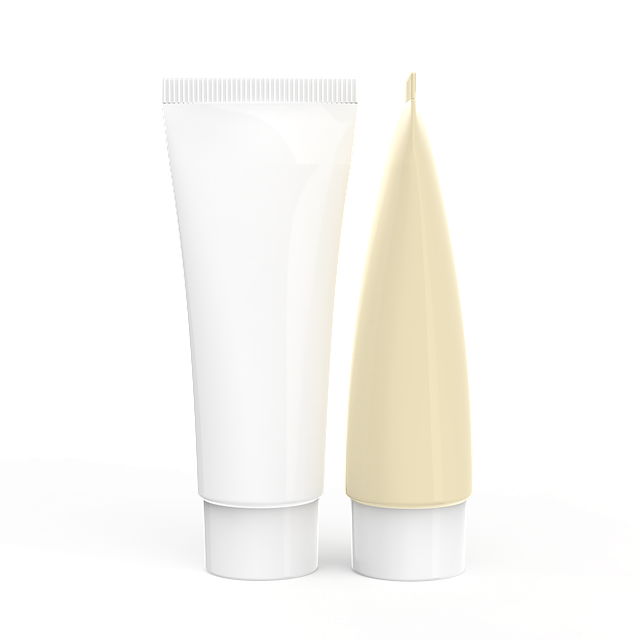Effective lawn care and landscaping are integral to maintaining a healthy, vibrant turf, reflecting a homeowner's dedication to their property. A key component of this is understanding and applying the right fertilization with an appropriate NPK ratio for optimal grass growth. This involves knowing when and how much to apply these nutrients, tailoring the regimen to local soil types, weather conditions, and specific grass varieties. A well-timed fertilization schedule, paired with precise mowing, targeted watering, and strategic aeration, not only supports lawn health but also helps manage weed growth and contributes to ecological balance. For those looking to enhance their lawn's appearance and sustainability, it's beneficial to consult with professional landscapers who can offer personalized lawn care advice, ensuring that your landscape receives the attention and care needed for year-round beauty and resilience. By integrating these practices, homeowners can achieve a lawn that stands out for its lushness and environmental harmony, elevating their property's curb appeal through responsible landscaping.
Maintaining a lush, green lawn is a pursuit that marries both art and science. Effective lawn care and landscaping hinge on a nuanced understanding of fertilization and weed control, which are critical components for achieving a vibrant turf. This article delves into the essentials of nutrient management through strategic fertilization, highlighting the role of key nutrients and the importance of timing, type, and regional adaptation to create a robust and resilient lawn. Furthermore, it addresses the delicate balance between nitrogen, phosphorus, and potassium for optimal growth, while also cautioning against the pitfalls of over-fertilization and its potential environmental impact.
In parallel, we explore the landscape of weed control, from identifying common invasive species to understanding the advantages and limitations of both organic and chemical solutions. Our discussion covers the strategic application of pre-emergent and post-emergent herbicides, the benefits of Integrated Pest Management (IPM) for sustainable control, and the significance of soil health in naturally suppressing weeds. By integrating these practices, homeowners can maintain a healthy lawn that stands resolute against weed encroachment, all while considering the seasonal weather changes to optimize their efforts. Through this comprehensive guide on lawn care and landscaping, readers will equip themselves with the knowledge necessary to keep their lawns thriving and aesthetically pleasing year-round.
Understanding Lawn Fertilization: The Cornerstone of Vibrant Turf

A well-maintained lawn serves as a testament to the dedication of homeowners to landscaping and lawn care. Central to achieving this is a robust understanding of lawn fertilization, which plays a pivotal role in the health and vibrancy of turf. Fertilization provides the necessary nutrients that support grass growth, ensuring a lush, green carpet of grass that withstands environmental stressors and resists disease and pests. The process involves carefully selecting the right blend of essential macronutrients—nitrogen (N), phosphorus (P), and potassium (K)—as indicated by the NPK ratio on fertilizer packages. These nutrients promote leaf growth, root development, and overall turf resilience.
Timing is critical in lawn fertilization; applications should be scheduled according to local climate patterns, grass types, and seasonal growth cycles to maximize nutrient uptake without causing runoff or environmental harm. A balanced approach to fertilization, when combined with proper mowing, watering, and aeration practices as part of comprehensive lawn care services, creates an environment where desirable turf can thrive while minimizing weed intrusion. It’s essential to tailor a fertilization program to the unique needs of each lawn, considering factors such as soil type, regional weather conditions, and the specific types of grass present in the landscape. This targeted approach ensures that your lawn is not only aesthetically pleasing but also ecologically sound, contributing positively to your property’s overall curb appeal and environmental harmony.

Maintaining a lush, vibrant lawn requires diligent lawn care practices, including regular fertilization and targeted weed control. A well-fertilized lawn not only supports healthy grass growth but also fortifies the soil, ensuring that nutrients are available throughout the growing season. Fertilization should be tailored to the specific needs of the grass type present, with the right balance of nitrogen, phosphorus, and potassium to promote robust root development and lush foliage. Timing is crucial; applications should coincide with the growth patterns of the turf to maximize uptake and avoid nutrient runoff into waterways.
In parallel with fertilization, effective weed control is essential for maintaining an aesthetically pleasing and healthy lawn. Weeds can quickly overtake a lawn if left unchecked, competing with desirable grasses for sunlight, water, and nutrients. Pre-emergent herbicides are often applied to prevent the germination of weed seeds, while post-emergent treatments target established weeds. It’s important to identify the types of weeds present and select an appropriate herbicide that will not harm the turfgrass. Integrating cultural practices such as aeration, proper mowing height, and overseeding can also enhance lawn resilience against weed invasions. Landscaping professionals with expertise in lawn care can assist in creating a comprehensive plan to maintain a healthy, weed-free lawn, ensuring that your outdoor spaces are both beautiful and sustainable.
In wrapping up our exploration of lawn care and landscaping, it’s evident that a well-thought-out approach to fertilization and weed control plays a pivotal role in nurturing healthy, resilient turf. By incorporating targeted nutrients and managing weed pressure effectively, homeowners can significantly enhance their lawn’s appearance and vitality. Regular maintenance, timely applications of quality fertilizers, and proactive weed prevention strategies are key components of sustainable landscaping practices. As such, integrating these methods into a comprehensive lawn care program is not just about aesthetics but also contributes to environmental stewardship by fostering healthy ecosystems within our communities.
